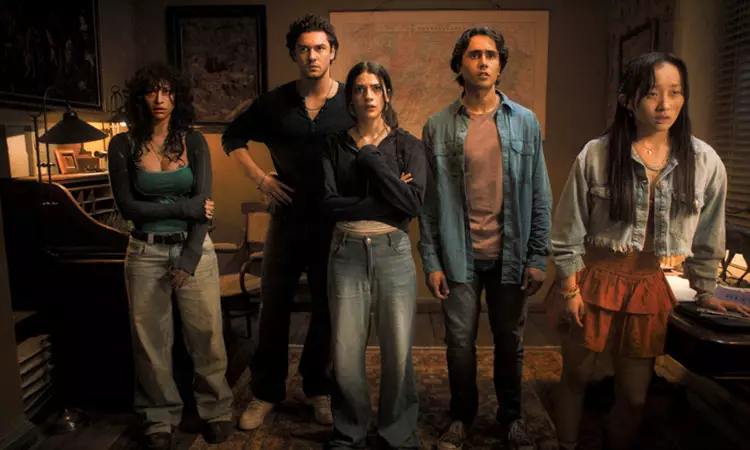In recent years, the realm of video game adaptations has seen a surge in productions, offering a mixed bag for fans and newcomers alike. While certain titles have transcended their source material — *The Last of Us* being a prime example of successful storytelling — others, such as *Borderlands*, have struggled to make a significant impact. This inconsistency raises questions about what makes an adaptation resonate with audiences, as each project navigates the complex interplay between gaming culture and cinematic storytelling.
Untangling “Until Dawn”
Among the latest ventures into this genre is *Until Dawn*, a film inspired by the 2015 interactive horror video game developed by Supermassive Games. Set against a backdrop of suspense and mystery, the narrative centers on Clover and her friends. One year post the inexplicable disappearance of her sister Melanie, the group embarks on a chilling expedition into the same desolate valley where she vanished. This narrative arc serves as a poignant reminder of unresolved trauma and the relentless quest for closure, integral elements that enrich both the game and its cinematic counterpart.
The film’s narrative escalates as the group stumbles upon an eerie, deserted visitor center, effectively establishing a claustrophobic atmosphere that harks back to classic horror tropes. As they contend with an unseen murderer, the familiar cycle of horror unfolds: one by one, they succumb to the menace that lurks within the shadows. However, a unique twist amplifies the terror — each time they are murdered, they awaken to the same night, forced to replay the horrors with heightened stakes. This mechanic not only heightens tension, but also plays into themes of fate and survival.
Cinematic Techniques and Audience Engagement
Directed by David F., the film taps into contemporary horror’s fascination with psychological thrills and narrative complexity. The cyclical nature of the plot invites viewers to analyze the characters’ choices, making each decision matter. The approach invites comparison to the interactive nature of its video game parent, fostering a sense of engagement that may appeal to both gamers and traditional filmgoers.
Effectively conveying dread relies heavily on cinematography and sound design, elements that cannot be understated. The use of shadows, abrupt cuts, and suspenseful audio cues can draw the audience deeper into the tension-laden atmosphere. Furthermore, a careful balance of character development enhances viewer investment; as each character’s backstory unfolds, the audience becomes more entrenched in their fight for survival, heightening emotional stakes.
As the industry evolves, *Until Dawn* may very well serve as a pivotal example of how video game adaptations can embrace both their roots and cinematic storytelling. While the road ahead for video game movies remains uncertain, the foundation laid by titles like *Until Dawn* offers hope for future projects. By blending the engaging mechanics of gaming with the emotional depth of film, there lies potential for a new era of storytelling — one that honors its origins while inviting a wider audience to experience the thrills and chills that only video games can offer.

